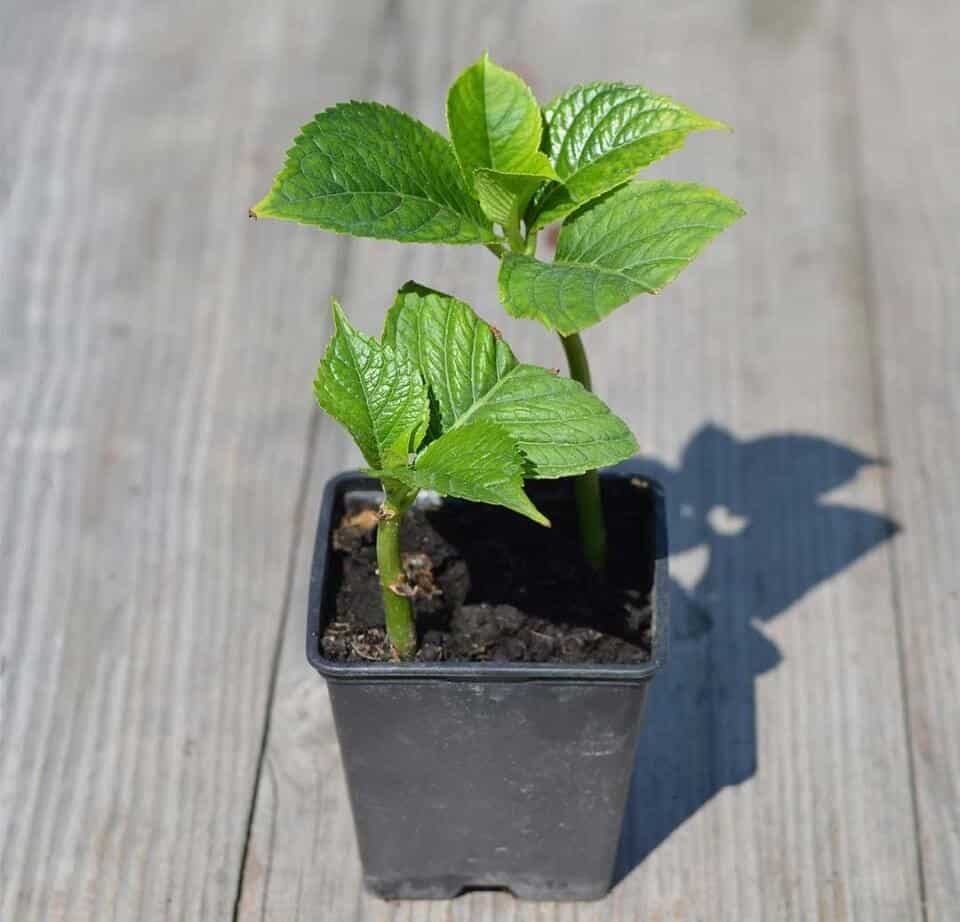Transforming your backyard into a lush, vibrant space doesn’t have to come with a hefty price tag. By using plant cuttings, you can build a green oasis while saving money. This method lets you propagate plants that are already well-suited to your environment. Understanding which plants work best for propagation through cuttings allows you to cultivate a beautiful, thriving garden without the financial strain.
What Is Plant Propagation Through Cuttings?
Plant propagation through cuttings involves taking a portion of an existing plant, such as a stem, leaf, or root, and encouraging it to grow into a new, independent plant. This method is highly effective for many perennials and some annual plants. By using healthy plant parts, you can clone the parent plant, ensuring the new growth shares the same traits. This process is part art, part science, and requires careful attention to detail and an understanding of each plant’s specific needs.
Why Start Plants from Cuttings?
There are several reasons why starting plants from cuttings is a great option. First, it’s a cost-effective approach, as it allows you to expand your plant collection without purchasing new plants. It also ensures genetic consistency, meaning the new plants are exact replicas of the original. In addition, propagation from cuttings is often faster than growing from seeds since the cuttings are already mature and ready to take root. Moreover, this technique enables gardeners to share plants with friends and family, helping to create a sense of community and connection.
Essential Tools and Materials for Propagation
To propagate plants successfully, a few basic tools are needed. You will need sharp, clean pruning shears or scissors, rooting hormone to promote root growth, small containers with drainage holes, and a well-draining potting mix. For added humidity, a clear plastic bag or propagator can help. Labels are useful for tracking different plant varieties. These tools will help ensure a smooth propagation process.

Preparing Your Garden for New Plants
Before adding new plants, assess your backyard’s sunlight, soil quality, and drainage conditions to ensure they meet the plants’ needs. Clear the area of weeds and debris, and enrich the soil with compost or organic matter if necessary. Planning the layout of your garden will help maximize space and create a visually pleasing arrangement.
Top 20 Plants to Start from Cuttings
A wide range of plants can be propagated from cuttings, each bringing its unique features to your garden. Here’s a list of the 20 best plants to start from cuttings, including their propagation tips:
- Roses: Classic, fragrant, and easy to propagate by taking a cutting from a healthy stem and rooting it in soil.
- Lavender: Take a 4-6 inch cutting from a non-flowering stem, root it in sandy soil, and enjoy its fragrant blooms.
- Mint: This fast-growing herb roots quickly in water and thrives in partial shade, making it perfect for containers or as a ground cover.
- Basil: A culinary favorite, basil can be propagated in water, making it a great way to ensure a fresh supply of leaves.
- Geraniums: Known for their colorful flowers, geraniums can be propagated from healthy stem cuttings.
- Hydrangea: Hydrangeas are best propagated from softwood cuttings, requiring partial shade and moist, well-drained soil.
- Fuchsia: Known for their pendulous blooms, fuchsias propagate well from 3-4 inch cuttings in a well-draining mix.
- Pothos: A hardy, low-maintenance plant that roots easily in water, pothos is perfect for both indoor and outdoor spaces.
- Spider Plant: Known for its air-purifying properties, spider plants propagate easily from plantlets.
- Jade Plant: A low-maintenance succulent that roots from stem or leaf cuttings, ideal for sunny windowsills.
- Succulents: These drought-tolerant plants propagate easily from leaves or stems, thriving in bright light with minimal water.
- Begonia: Known for attractive foliage, begonias can be propagated from leaf or stem cuttings.
- Coleus: With vibrant leaves, coleus is best propagated from stem cuttings, rooting in water before being planted in a pot.
- Philodendron: A popular indoor plant, philodendrons propagate easily from stem cuttings, thriving in indirect light.
- Rosemary: A fragrant herb, rosemary thrives in full sun and can be propagated by taking 4-6 inch cuttings and rooting them in sandy soil.
- Sage: Sage is drought-tolerant and propagates well from cuttings in well-drained soil.
- Thyme: Known for its aromatic leaves, thyme is ideal for rock gardens and propagates easily from 3-inch cuttings.
- African Violet: These popular houseplants can be propagated from leaf cuttings, thriving in humid, indirect light conditions.
- Snake Plant: Known for its hardiness, snake plants propagate from leaf sections and tolerate low light and infrequent watering.
- ZZ Plant: Resilient and low-maintenance, ZZ plants propagate easily from leaf cuttings.
Caring for Your New Plants
Water your new cuttings regularly, ensuring the soil stays consistently moist but not waterlogged. Using a balanced fertilizer will provide essential nutrients and support healthy growth. Adjust watering and fertilization based on the specific requirements of each plant.
Troubleshooting Common Propagation Problems
While propagating from cuttings is often straightforward, it can present challenges such as failed rooting or mold growth. To avoid issues, ensure all tools and containers are clean to prevent contamination. Maintain optimal humidity and temperature levels, and be patient—some plants take longer to root than others. If problems persist, reassess your methods and make adjustments as necessary.
Conclusion: Creating Your Ideal Backyard
Starting plants from cuttings is a budget-friendly and rewarding way to grow a beautiful, diverse backyard. With patience and the right techniques, your garden will thrive, providing both aesthetic appeal and tranquility. Take pride in nurturing your plants and watch as your hard work transforms your outdoor space into a lush haven.